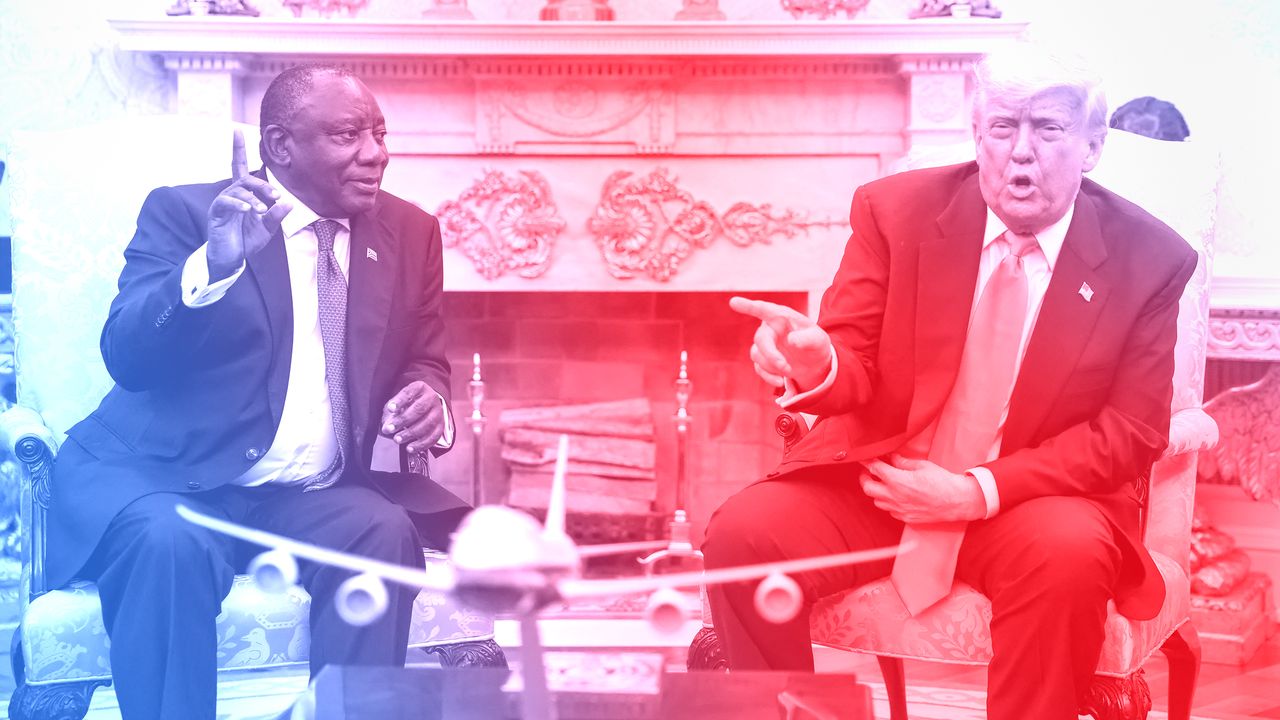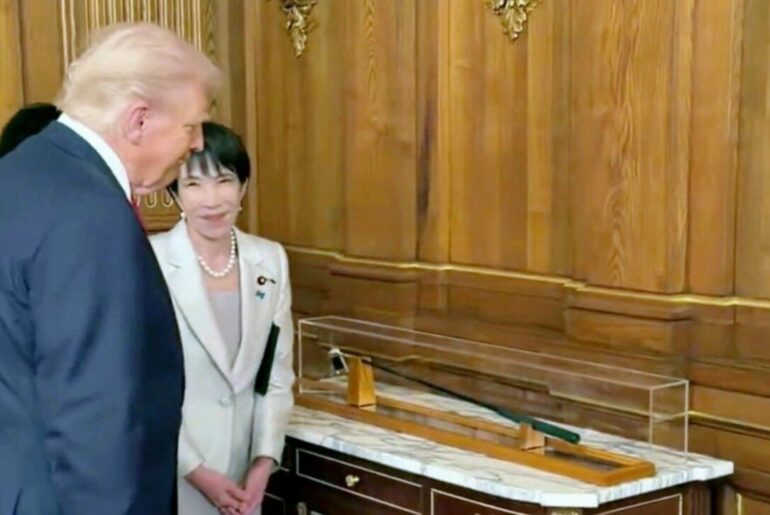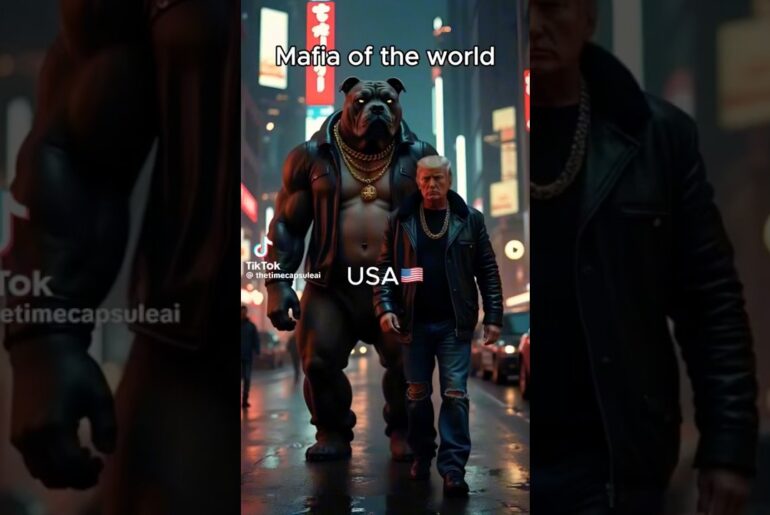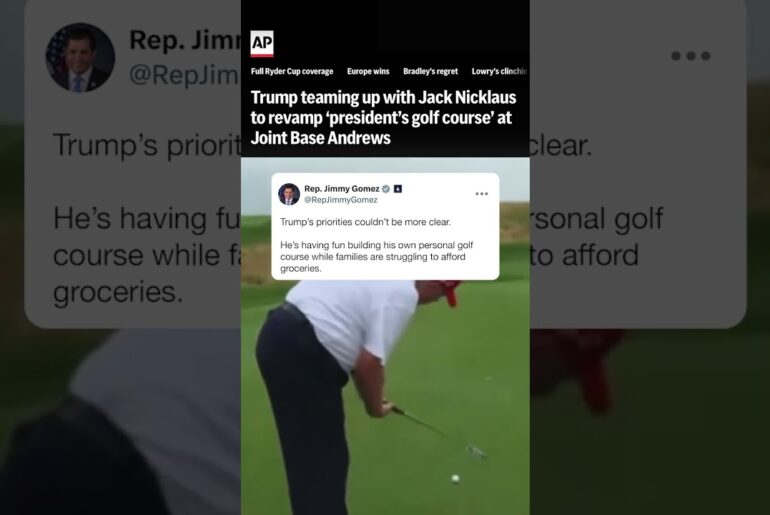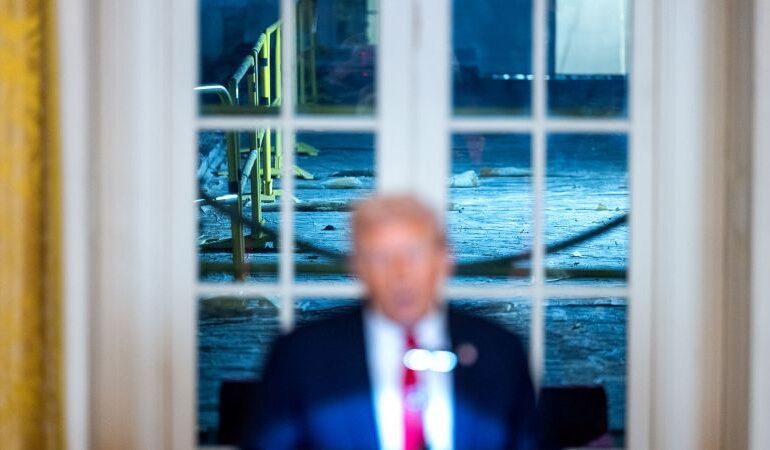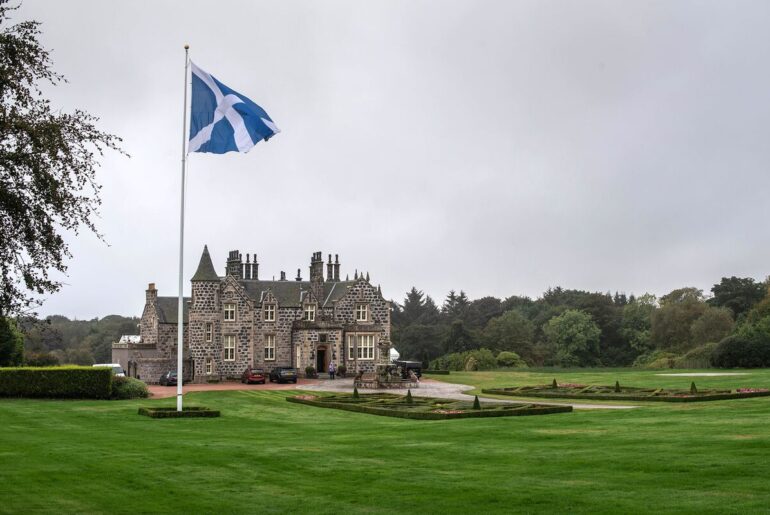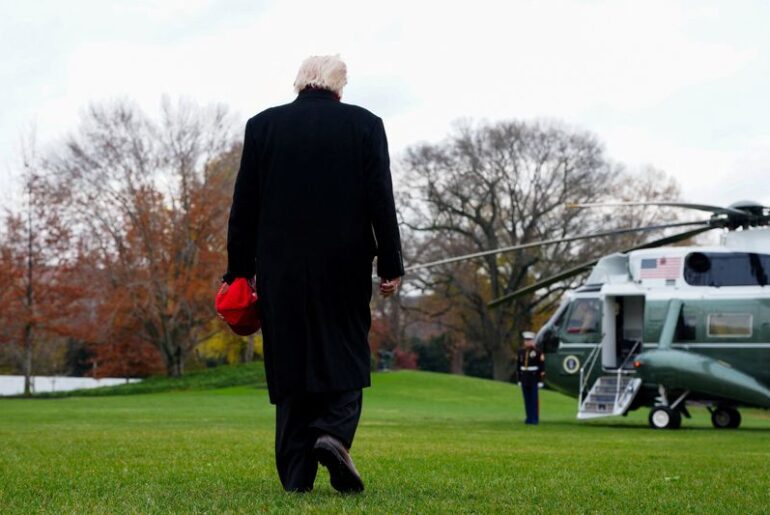Considering Donald Trump’s many outrages, his theatrically hostile reception of Cyril Ramaphosa, the President of South Africa, in the Oval Office on Wednesday may soon be forgotten. Or perhaps it will live on as a dim memory, an inappropriate act, to be sure, but of a piece with all of Trump’s other crazy stunts in a week that saw the President picking fights with Bruce Springsteen and Taylor Swift and dissing European leaders during talks over the war in Ukraine (“You cannot insult our nations, Donald,” the French President, Emmanuel Macron, reportedly responded.) When the Trump Administration threatens in the space of a few days to prosecute everyone from Andrew Cuomo and Oprah Winfrey to James Comey and the former leaders of the Kennedy Center, it’s hard to recall the details of any one mini-drama. What was that Comey thing about, anyway—something related to an Instagram post featuring seashells that supposedly constituted a threat to Trump’s life? On Thursday night, Trump was set to appear at a black-tie dinner at his Trump-branded Virginia golf club with two hundred and twenty investors who purchased more than a hundred million dollars’ worth of a $TRUMP meme coin that will benefit Trump and his family—a monetizing of access to the Presidency without any precedent.
More substantively, the past few days were among the most politically consequential of Trump’s second term so far, with the President going up to Capitol Hill to personally strong-arm wavering Republican House members to approve his tax-cuts-for-the-rich, Medicaid-cuts-for-the-poor bill, a huge omnibus package that contains more or less his entire domestic agenda for the year. The measure, which passed the House on a 215–214 vote early Thursday morning, will now go to the Senate, where it’s likely to undergo substantial changes. Nonetheless, Trump celebrated the House vote as a triumph for “the most significant piece of Legislation that will ever be signed in the History of Our Country!” For Trump, bigness is the bill’s main selling point—the measure’s official title is the One, Big, Beautiful Bill Act, a nod to a President for whom “big” is the ultimate compliment. Expect debate about the measure to dominate next year’s midterm elections; as currently written, it would add trillions of dollars to the national debt, cause an estimated ten million Americans to become uninsured, slash food-stamp benefits for millions more, repeal clean-energy credits, and cut rates for the wealthiest ten per cent of taxpayers. The House Minority Leader Hakeem Jeffries, perhaps optimistically, said that Thursday “may very well turn out to be the day that House Republicans lost control of the United States.”
Against such a backdrop, maybe it’s pointless to insist on not forgetting the scene of Trump’s encounter with Ramaphosa, which can only be described as a mugging. That this was a premeditated attack is not in dispute. With television cameras rolling, Trump responded to a question about his repeated false claims of a “white genocide” in South Africa by calling on an aide to dim the lights and play a video montage purporting to show that white farmers were having their land expropriated and then being killed. The video—swiftly debunked by fact checkers—was followed by Trump whipping out a sheaf of printed news clippings that, he said, proved his case. He narrated as he flipped through them: “Death, death, death, horrible death, death, I don’t know.” Who died, or where, or when, was left unsaid. Still, he added, “White South Africans are fleeing because of the violence and racist laws.” Silently watching from behind one of the Oval Office couches was Elon Musk, a white South African immigrant to the U.S. who, probably more than anyone else, has promoted the misinformation about the mistreatment of whites in his homeland that fuelled Trump’s outburst.
When Ramaphosa tried to get a word in to deny targeted killings; when he tried to bring the subject back to the matter he had come to address, trade; when he urged Trump to visit South Africa, it all sounded like a plaintive echo of Volodymyr Zelensky, who, a couple of months back, was trapped in a similar Oval Office situation, begging Trump not to accept Russian propaganda about its war in Ukraine but to come to Kyiv and get the facts on the ground for himself. In both cases, the shock was the point for Trump; he’s turned his Oval Office into a kind of geopolitical WrestleMania, complete with orchestrated sucker punches designed to make him seem like the strongman that he longs to be. Ramaphosa’s denials did not stop Trump any more than Zelensky’s had, nor did an effort to correct Trump by one of the white South African golfers whom Ramaphosa had brought along with him in an effort to smooth the meeting with the golf-obsessed American President.
In the midst of this embarrassment, Peter Alexander, an NBC News journalist, asked Trump about the Pentagon’s acceptance of a four-hundred-million-dollar airplane from Qatar to serve as the new Air Force One. Trump called the reporter a “jerk,” an “idiot,” and “fake news.” He seemed most angry not that the plane had been mentioned but that the question had interrupted his pre-planned attack on the visiting South African.
“I’m sorry, I don’t have a plane to give you,” Ramaphosa, who had brought the President a far more modest book about South Africa’s golf courses, said.
“I wish you did,” Trump replied. “I would take it.”
The whole exchange could not have better captured the state of Washington a hundred and twenty-one days into Trump’s second term: a manufactured scene of outrage about a nonexistent “white genocide,” featuring Trump beating up on the first African leader to visit the White House in his second term. At the same moment that the Administration has cancelled the refugee status of tens of thousands of actual refugees fleeing war and persecution across the globe, Trump staged the showdown to justify his policy of granting asylum to a handful of white Afrikaners whose cause has been taken up by Musk.
I could hardly bear to watch the “highly choreographed onslaught,” as the BBC somewhat delicately put it, but the scene did have one benefit—as a reminder of how explicitly Trump has, in his second term, defined the goal of his Presidency as a sort of racial-justice quest for white people. In that sense, Wednesday’s spectacle is not so much an embarrassing outlier as it is an example of the racially charged template for Trump 2.0.
Bashing the only Black foreign leader to visit Trump’s White House could not be more in keeping with a President who has terminated affirmative-action decrees that have been in place for the federal government since the nineteen-sixties, unleashed a wave of arrests and deportations aimed at illegal migrants of color, gutted federal civil-rights-enforcement offices, and blamed D.E.I. for just about every evil at home and abroad. Only this week, Trump officials moved to dismiss federal consent decrees meant to curb police brutality against Black people in Louisville and Minneapolis—at the same time, they opened a civil-rights investigation of Chicago, because its Black mayor spoke favorably of the number of Black officials appointed to senior roles in his government. Is it a coincidence that Trump is very upset about what he has called the “Massive Human Rights VIOLATION” against South Africa’s white minority?
A few days before this farce, Trump was in the Middle East, meeting with the wealthy monarchs of the Gulf who refuse their people basic democratic freedoms, while promising them no pesky lectures about human rights. Wednesday’s show in the Oval Office was the asterisk hiding at the end of the text: Donald Trump does have a few human-rights lectures in him, but only on behalf of those with the right color skin. ♦

